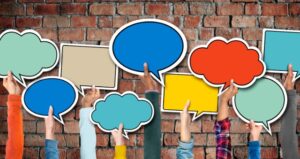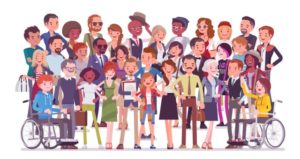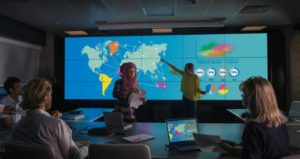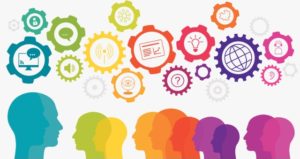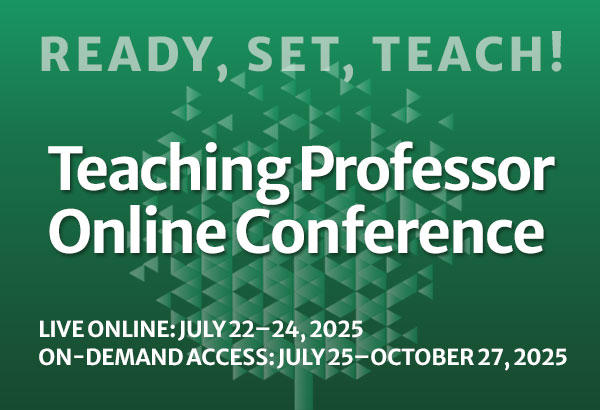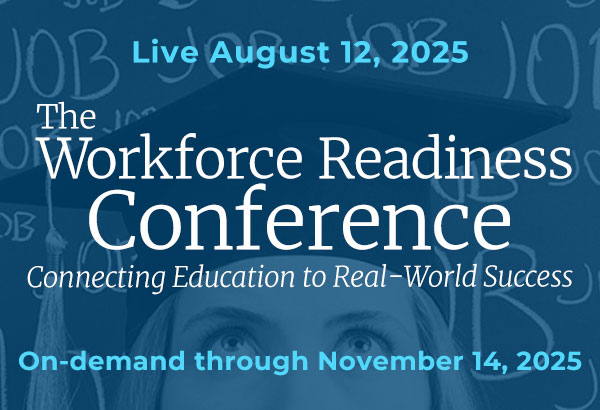Advances in neuroscience and digital imaging give us an unprecedented understanding of how individuals access, process, and respond to information. Previously we may have had an intuitive understanding that our students learned differently. Now functional MRI scans demonstrate this in living color. However, simply recognizing learner diversity is one thing; navigating this challenge in the classroom is quite another. How can we possibly hope to present content, structure learning experiences, and devise assessments that will be appropriate and effective for students with different learning strengths and challenges? Fortunately, researchers have developed a framework based in neuroscience that can help.



